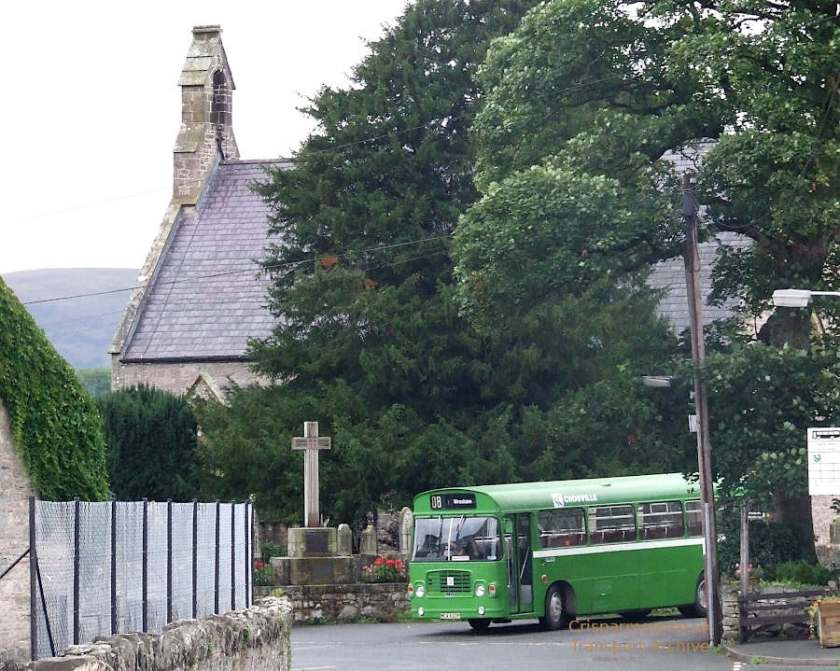Having been photographing transport scenes for 45 years, it goes without saying that a lot of what has featured in my photos no longer exists. Indeed, a lot of what I was photographing a long time ago was on the verge of no longer existing even then.
Take the venerable Bristol RE. In the years leading up to bus deregulation in the UK, the early models with flat windscreen were getting thin on the ground. Deregulation was in October 1986 and the last flat screen RE had been produced over 16 years before that in the spring of 1970. By 1986 withdrawals of early REs had been going on for six years or so. However, at that time there were some strange events going on that earned some of the later examples a reprieve.
One of these reasons was deregulation itself which saw a sudden cessation of orders for new buses in the UK. Many major operators were downsizing and others simply not venturing to invest in new vehicles because of the uncertainty in the industry. Many new operators were deciding to enter the new free market and starting off with fleets of depreciated second hand buses, many actually being used to attack the companies from which they had been sold. Others, like Crosville in North West England, were finding themselves with more work than they bargained for. Often this was after winning local authority contracts to operate services deemed insufficiently remunerative to be registered as a commercial operation.
Crosville turned to their neighbour and long term buyer of their life expired vehicles, the dealer of buses Martin’s of Middlewich. They were asked to supply vehicles [for once, the tide of vehicles having previously been very much in the opposite direction] to operate school services around Northwich. Ironically, having rid all but a very few of the type from their fleet, Crosville then operated former United Counties flat screen RELL6G RBD329G at Northwich on a long term hire until the sale of the depot to the Drawlane empire in 1989.

The picture above was taken at Crosville’s Northwich depot on a grim day late in 1988. RBD329G was displaying Crosville fleet number SRG203, ironically previously carried by one of Crosville’s later curved screen REs until January 1986. It had been joined at Northwich by former United Counties stablemate, Bristol VRT no. 766, similarly leased from Martin’s.
Fast forward a bit to June 1989 and here I am in deepest West Belfast at the time of the last throes of The Troubles. The civil unrest that dominated the life of the people of Northern Ireland had been another reason for the survival of the flat windscreen RELL up to the end of the 1980s. Many examples had been bought by Citybus, the Belfast operator, after coming out of service in Great Britain. This was because losses of buses due to hijacking and malicious destruction in West Belfast were frequent and it was thought better to replace the lost buses with depreciated stock, if they were only to be similarly lost in turn.
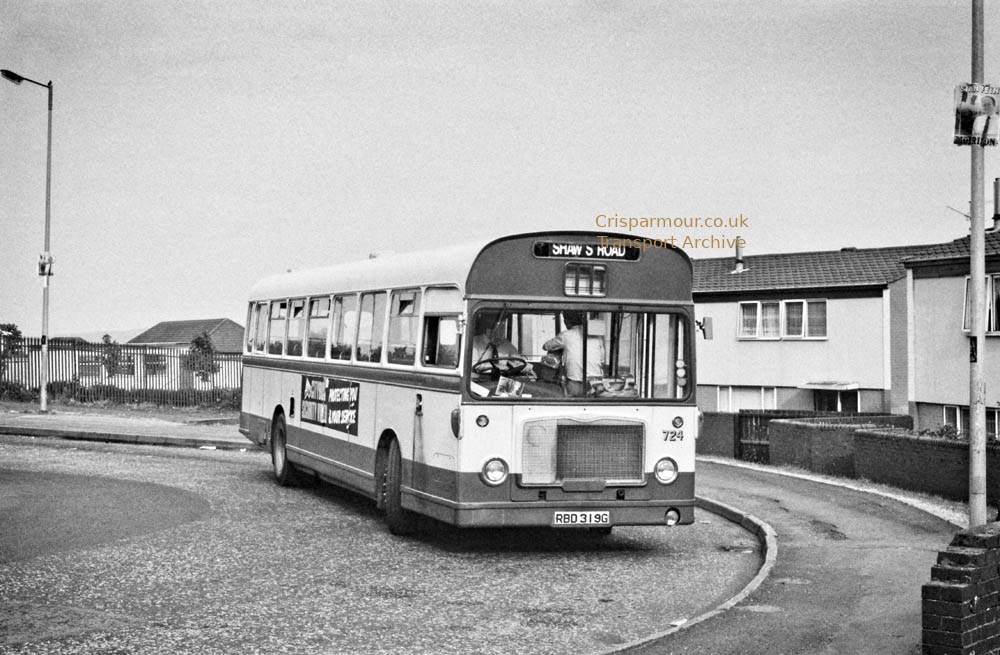
Former United Counties 319 had become Citybus 724 and was another late survivor of the same batch in service. Of the two being discussed here, one would have thought this one the more vulnerable in this volatile part of the UK. However, the end of the eighties was to see a calming of the violence in the province as negotiations began towards the Good Friday Agreement which has since brought stability to the area. Losses of buses reduced dramatically and Citybus eventually found themselves with a largely redundant fleet of elderly Bristol REs. These were put in storage at the new [and not yet in service] Ulsterbus depot at Monkstown. Word got around on the mainland that these redundant buses were to be sold and a number were purchased as preservation projects and brought back to England.

319 was one of the fortunate few to make the return trip to England and is still in preservation today.
On the other hand, after Crosville’s Cheshire depots were sold to Drawlane in 1989 [except Chester which was sold to the First group] 329 found itself on a trip across the Pennines to Northern Bus. As was the case for many REs, it did not emerge from North Anston intact: after being raided for spare parts it went for scrap. Adieu, 329, adieu SRG203…



![Survivor? [number 2]](https://crisparmourcouk.files.wordpress.com/2022/06/scan0299s.cta_.jpg?w=1200)
![Survivor? [number 1]](https://crisparmourcouk.files.wordpress.com/2022/06/scan5243-aax13b.jpg?w=1046)






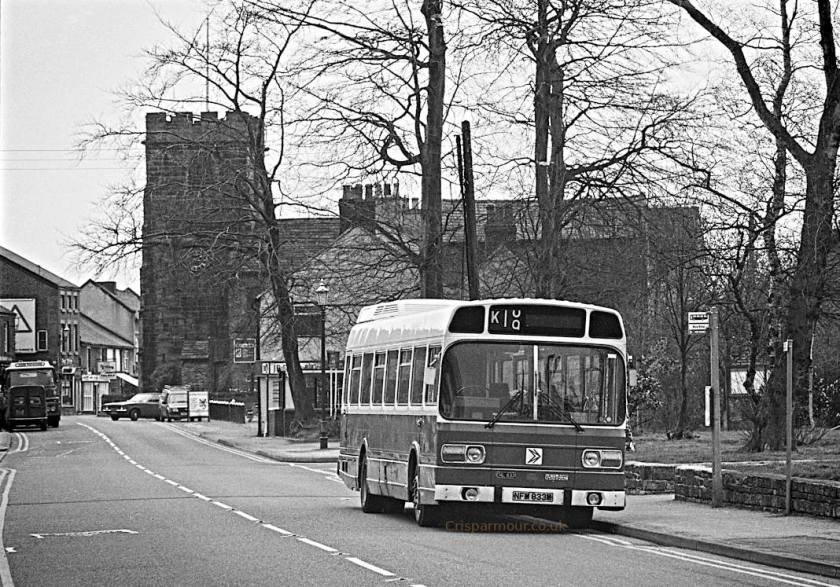





![Fondly remembered [part 1]](https://crisparmourcouk.files.wordpress.com/2021/08/scan2149-sng409-s18-dolgellau.1000.cta_.jpg?w=1000)









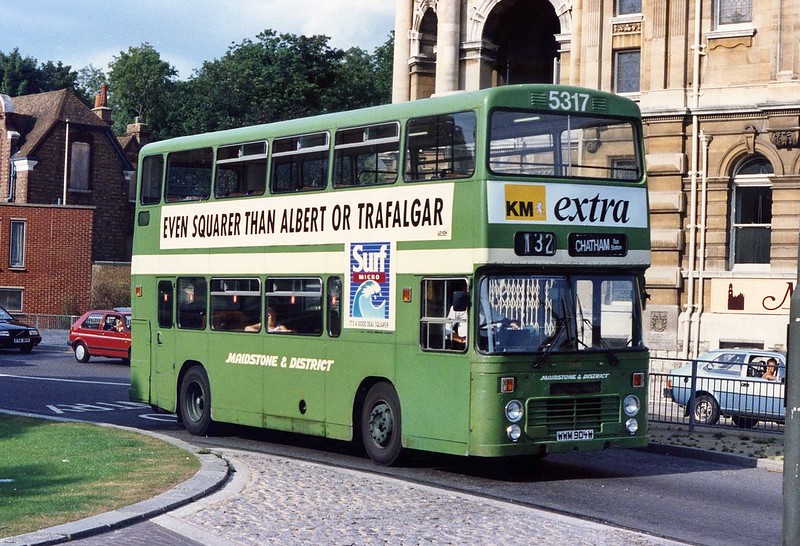
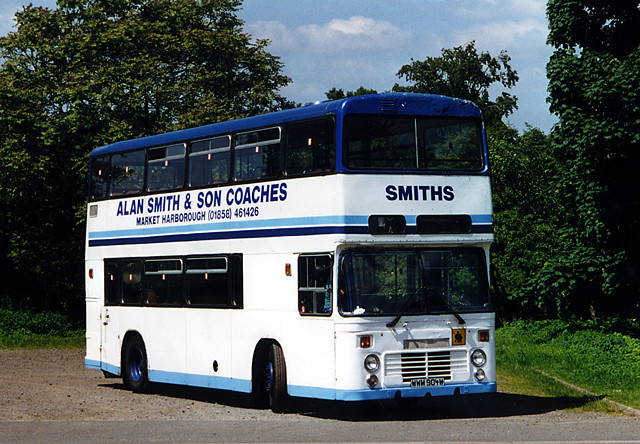

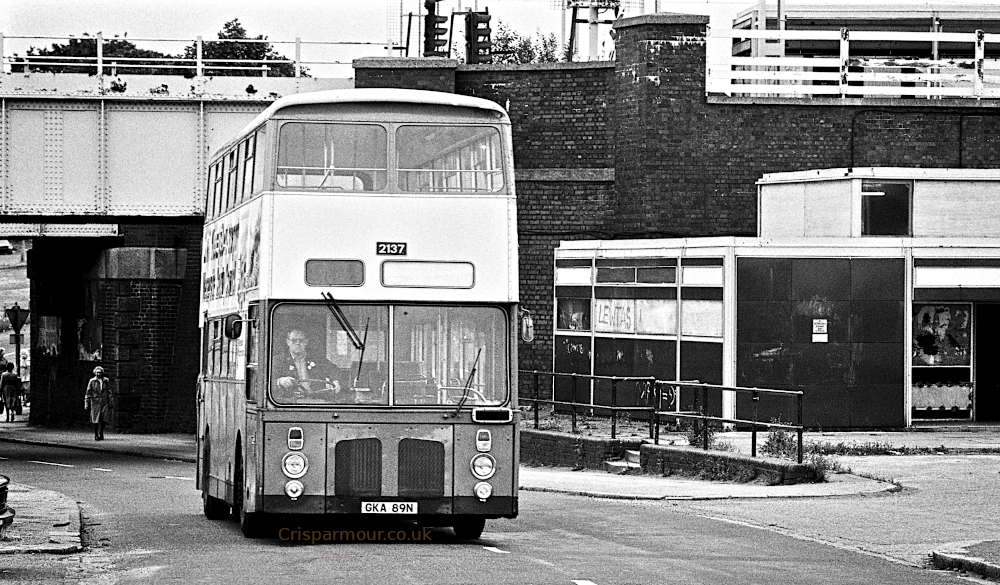





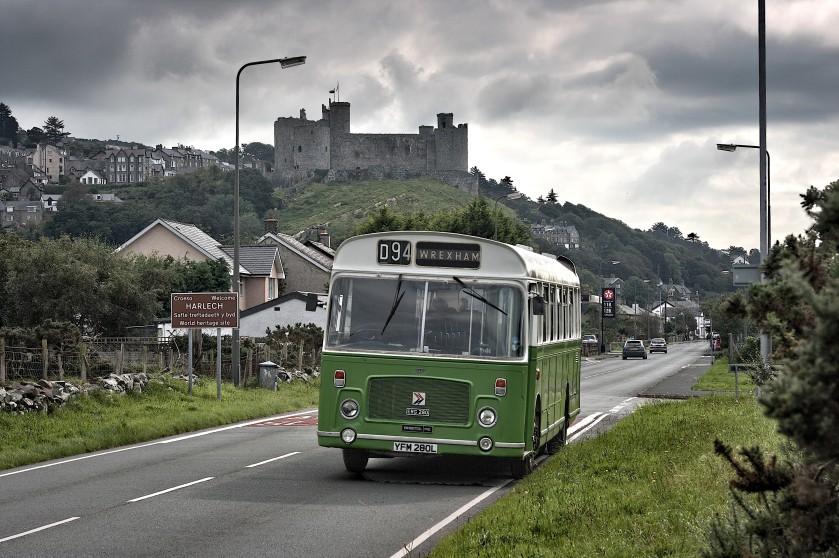







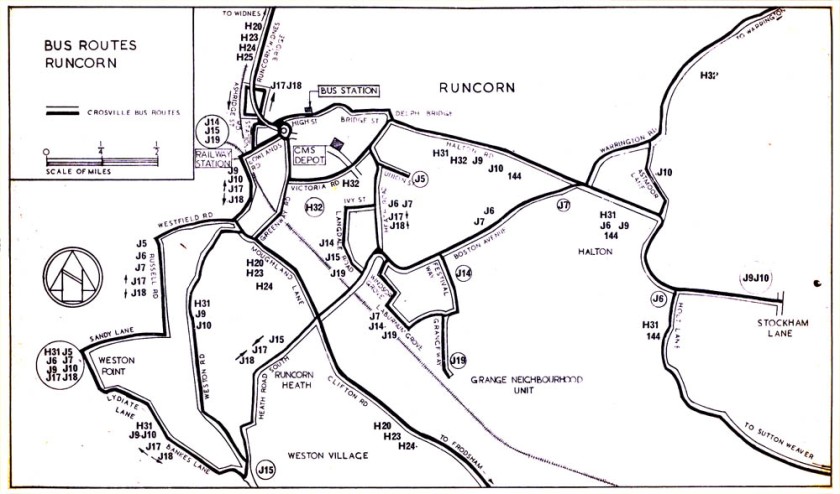

![Going, going… [part one]](https://crisparmourcouk.files.wordpress.com/2021/06/p1000748-halton-55-in-frank-st-widnes-wm.cta_.jpg?w=1000)


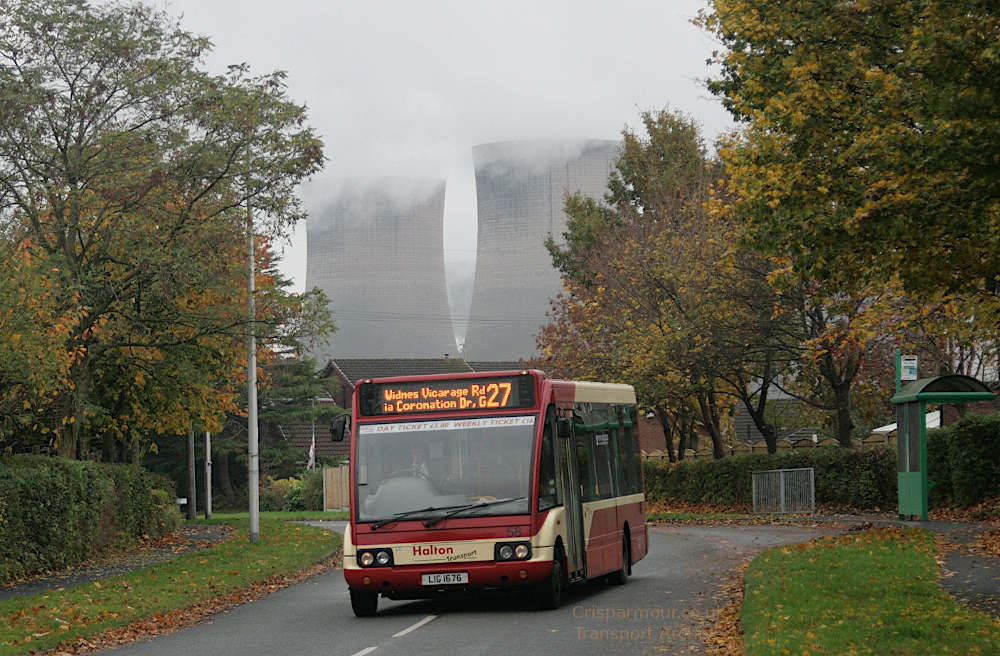






![Then and now [2]](https://crisparmourcouk.files.wordpress.com/2021/06/scan4568-erg276-llandderfel.1000cta.jpg?w=1000)




![Then and now [1]](https://crisparmourcouk.files.wordpress.com/2021/06/scan3085-enl978-s14-comins-coch.1000cta.jpg?w=1000)















